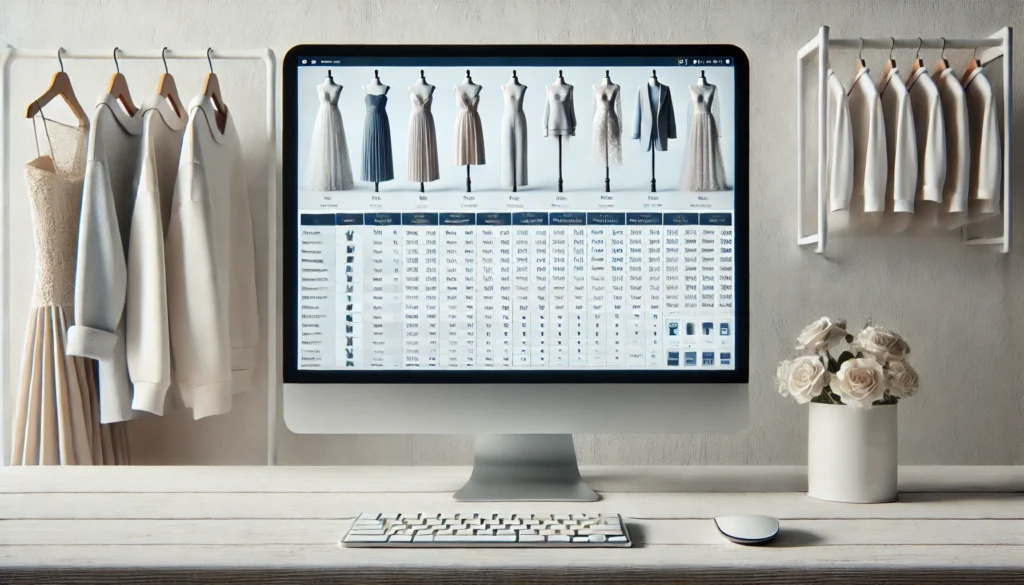For many merchandising leaders, a torrent of information is at their fingertips. Yet more data doesn’t necessarily yield better decisions. In fact, studies show over 60% of merchandising executives feel overwhelmed by unstructured information that fails to boost margins or speed-to-market. This piece explains why quality, relevance, and accessibility matter more than volume in data management.
The Pitfalls of Data Overload in Merchandising
Analysis Paralysis
- Swaths of incomplete or conflicting data can stall decisions on pricing, SKU retirements, or reorders.
- Up to 72% of retail teams cite data fragmentation as a leading cause of missed sales opportunities.
Siloed & Redundant Systems
- Repeated manual entry across spreadsheets leads to errors and guesswork, jeopardizing forecast accuracy.
- Teams lose time verifying multiple sources instead of acting on insights.
Bloated Overhead
- Managing disconnected data consumes staff hours and inflates operational costs.
- Rather than prioritizing margin optimization or new product introductions, teams get stuck reconciling countless reports.
Defining ‘Better Data’ for Merchandising
Accuracy & Real-Time Visibility
- Single Source of Truth: Simplifies updates for product attributes, margin targets, and sales forecasts.
- Automated Data Flows: Prevents stale or duplicated information, enabling quick pivots on underperforming SKUs or emerging trends.
Contextual Relevance
- Margin & Inventory Focus: If a data point doesn’t inform margin or inventory decisions, it’s likely noise.
- Cross-Functional Utility: Merchandising, finance, design, and marketing should see curated dashboards that directly impact KPIs like full-price sell-through or promotional budget utilization.
Strategic, Not Just Transactional
- Predictive Insights: Integrating consumer sentiment, competitor intel, or supply chain signals highlights early trends so you can react before the market moves on.
- Decision-Ready: By surfacing only actionable metrics—such as forecast accuracy or SKU-level margin—merchandising leaders can adapt faster.
How Better Data Powers Merchandising Success
Accelerated Decision-Making
- Faster Launch Cycles: Retailers reducing data fragmentation can cut product launch times by 20%, capturing in-season revenue earlier.
- Bolder, Confident Moves: Trustworthy dashboards let leaders swiftly commit to reorders, price adjustments, or marketing pushes.
Optimized Assortments & Margin Protection
- Early SKU Rationalization: High-quality data flags slow sellers quickly, minimizing markdown costs.
- Better Forecast Accuracy: Targeted data sets refine demand planning, limiting overproduction and leftover inventory.
Cross-Functional Synergy
- Shared Metrics, Shared Goals: A single source of truth ensures finance sees the same margin updates merchandising references, while design stays within cost constraints.
- Fewer Bottlenecks: Real-time notifications or approvals replace endless email chains, letting teams pivot quickly when consumer preferences shift.
Building a ‘Better Data’ Strategy for Merchandising
Govern & Standardize Data
- Assign clear ownership for product attributes, cost updates, or forecast versions.
- Implement role-based permissions to maintain data integrity and security.
Use an Assortment Lifecycle Platform
- VibeIQ’s assortment lifecycle platform unifies product visuals, cost data, and real-time sales insights in one shared space.
- Version control and automated workflows prevent duplicative tasks, speeding cross-functional approvals.
Prioritize Key Metrics & KPIs
- Margin Goals: Spot leaks sooner and protect profitability.
- Sell-Through: Track SKU performance at full price vs. markdown.
- Time-to-Market: Manage product development milestones to avoid missing critical trend windows.
Measuring the ROI of Better Data
Reduced Operational Costs
- Fewer redundant tasks and manual reconciliations save staff hours, allowing more focus on strategic product development.
Improved Forecast Accuracy
- Real-time integration of sales trends and consumer sentiment shrinks markdowns and boosts full-price sales.
- An assortment lifecycle platform that serves as a single source of truth for product and financial data also sharpens demand predictions.
Faster Response to Consumer Trends
- Integrated feedback loops let you act on hot products or remove duds before margins slip.
- Quicker reorders and design tweaks prevent lost sales opportunities, especially in peak seasons.
- Automating repetitive tasks through VibeIQ’s assortment lifecycle platform saves thousands of hours per season, shortening calendars and bringing teams closer to the consumer.
Enhanced Brand Loyalty
- Data-driven merchandising ensures relevant products land in-market exactly when demand peaks, boosting customer satisfaction and repeat purchases.
Elevate Merchandising Results with Better Data
Collecting more data won’t automatically enhance your merchandising outcomes—focusing on better, more actionable data will. By prioritizing margin-centric insights, real-time updates, and cross-functional alignment, merchandising executives can reduce markdowns, speed product launches, and strengthen brand equity.
- Guard Margins: Minimize unsold inventory and cut markdown frequencies.
- Accelerate Speed-to-Market: Seize fleeting trends with data-driven agility.
- Foster Collaboration: Equip design, finance, and marketing with dashboards that converge on shared KPIs.
Ready to unleash the power of better data? Book a demo session with VibeIQ to see how our assortment lifecycle platform lets you act fast, reduce risk, and grow profits—even in a rapidly shifting fashion landscape.



